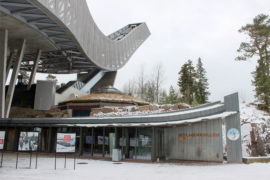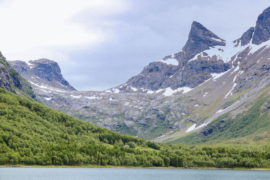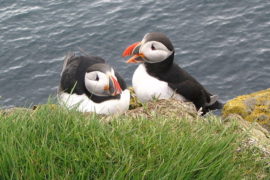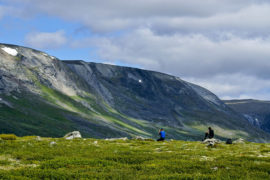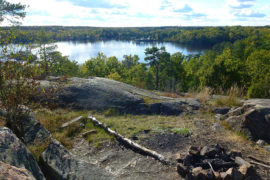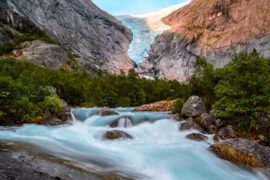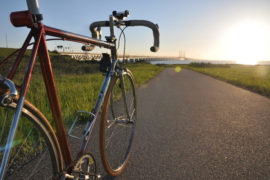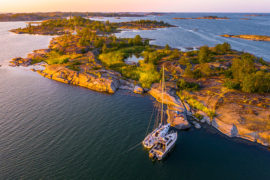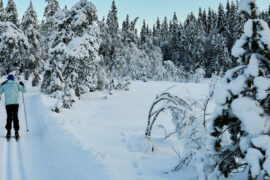Sweden is consistently ranked as one of the world’s greenest countries. More than 99% of the nation’s household waste is recycled, and more than a third of the energy consumed comes from renewable sources. Travel guides (including ours) wax lyrical about the pristine lakes, sprawling forests and abundant wildlife.
But as we learn from Tom Arnbom, an expert in Swedish and Arctic wildlife at the World Wide Fund for Nature (WWF), things aren’t quite as rosy as they seem.
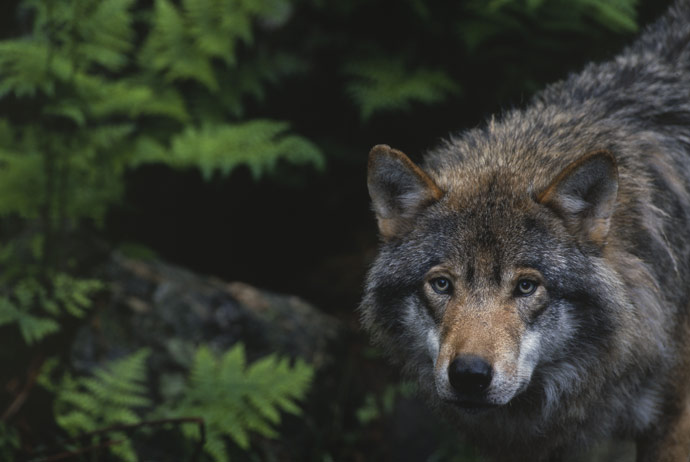
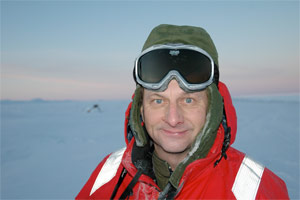
Sweden is known as a clean, green country, but is the environment really in a healthy state?
No. We are losing biodiversity due to forestry, agriculture and fisheries. In the Baltic, we have a large problem with eutrophication and in some spots also with pollutants, especially from old industry – like the pulp industry, for example.
Normally when we think about the WWF’s work we focus on pandas, lions and other ‘exotic’ animals. Are there also species in Sweden that are threatened by human activities?
Climate change is threatening Arctic foxes, ringed seals and many species of birds, plants and insects. Bad management of large carnivores also creates a lot of conflict, and all four of the big carnivore species (wolf, brown bear, lynx and wolverine) are now on the Swedish ‘red list’ [of threatened species]. Some of those species were off the list, but are now back on it due to large hunting quotas.
A lack of wetlands has decreased populations of fish, including pike. Many species in forests and farmland environments are also decreasing – including common ones.
What is the WWF doing to protect these species?
For the Arctic foxes we have a special project. We’re feeding them year-round to increase winter survival rates. We’re also removing red foxes that are close to Arctic fox dens, and helping the Arctic foxes to establish themselves between core reproduction areas.
WWF is financing a scientific project on forest-dwelling wolverines to understand how to manage them in the future. We want to introduce new, modern hunting laws and good management plans – and get the government to adopt a scientific approach that gives large carnivores a favourable conservation status.
In addition, we’re financing gyrfalcon and horned lark surveys. We’re also debating hunting regimes for seals and cormorants, conducting surveys of bats, and creating recreational areas to help get people out into nature.
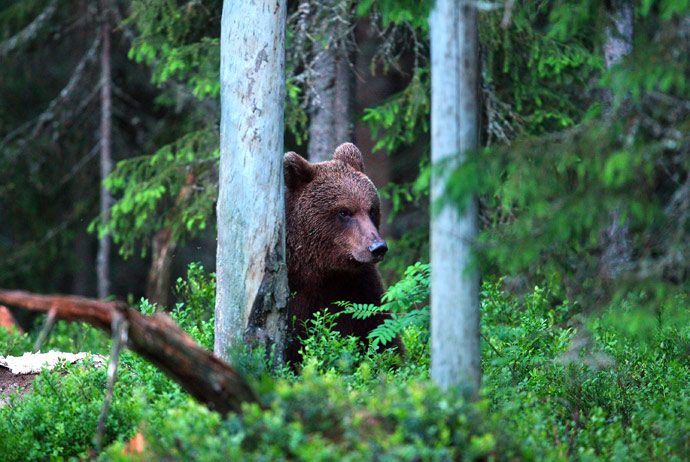
Are there still political barriers, or does it seem like there is now a consensus among politicians that Swedish wildlife must be protected? Wolf hunting, for example, is still controversial and in early 2015 the WWF had to go to court to stop a hunt from going ahead.
There are lots of political barriers concerning large carnivores. There’s also a lack of money to create nature reserves (land, freshwater and marine).
Are humans always destined to clash with animals? How can we co-exist if the human population keeps growing?
Some animals (like peregrine falcons and lesser black-backed gulls) have moved into towns and are part of city life with no conflicts.
In Sweden, we are still relatively few citizens. People are moving into cities, just like everywhere else in the world, so more space is being created in the countryside, which helps to avoid conflicts.
However, forestry and agriculture transforms the landscape into ‘deserts’ with the same kind of crops and planted trees. In Sweden, less than 5% of the forest is virgin forest. Most areas are large tree plantations.
What makes the Arctic region so important?
It is, together with the Antarctica, the coolest part of the world. The climate change is very obvious there and the changes are among the quickest on Earth.
If we can learn how to manage this continuously changing environment, taking into account what nature needs, what local people and indigenous groups need, and finally, what business needs – then we can transfer that knowledge to other areas on Earth where climate change will hit hard.
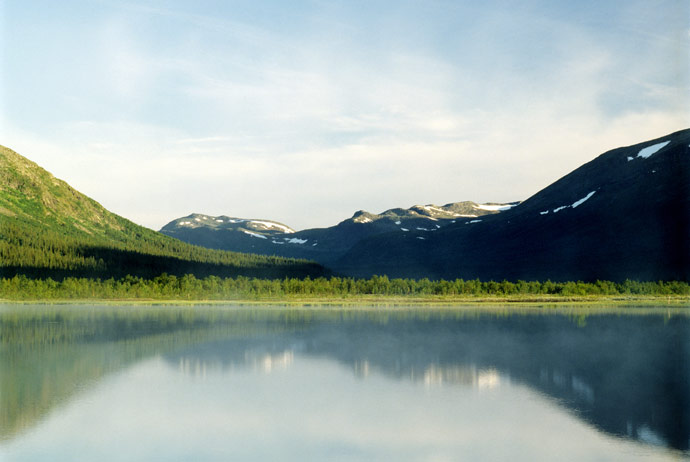
You’ve travelled all around the Arctic and visited areas with large populations of polar bears, which aren’t found in Sweden. Are there any places that strike you as particularly beautiful or fascinating?
The Laptev Sea [off the northern coast of Siberia] has so far been the area where I was suprised by the wealth of animals. Within the space of five minutes before breakfast I saw muskoxen, wild reindeer, Arctic foxes, walruses, polar bears, ringed seals, snowy owls, Sabine’s gulls and pomarine skuas. That is more than many Arctic travellers will see in a lifetime.
How do you see tourism fitting into the future of regions like Swedish Lapland and the wider Arctic region? Is it likely to be a benefit or cause problems? What role will climate change play?
Climate change will open up new areas of the Arctic for tourism, but it will mostly be ship based and therefore we are talking about heavy fuels, and soot from the fuel. There are also concerns about the wishes of indigenous groups, and how to handle things if an accident happens (with very little or no capacity for rescues). Guidelines are needed on how to run a ship, how to ensure the ice-safety knowledge of the crew, and how to limit the amount of people permitted in the same area.
Lapland is easy to access from Europe, but flying is not good for the environment and today, the trend is to go for skidoo and hunting trips (sometimes by helicopter). I’d prefer to see people going for dog-sled rides, cross-country skiing, animal tracking, and so on. There is great economic potential in both the Arctic and Lapland.
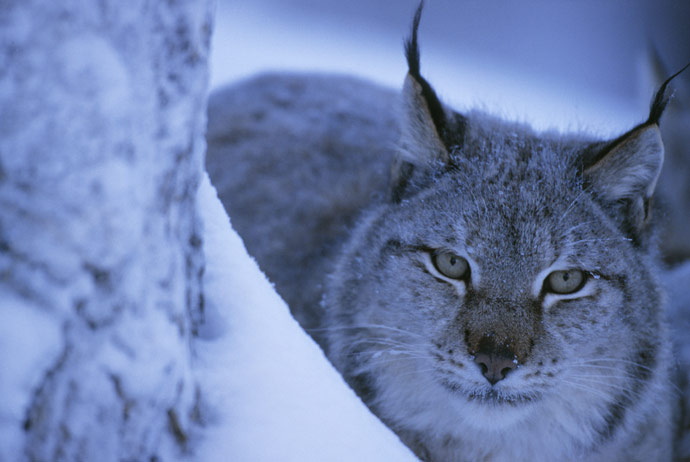
What’s your advice for anyone who wants to get involved with conservation?
Be prepared to work for the future and not to preserve what has been there earlier, especially in the Arctic. Ecological processes are more important than single charismatic species.
Most future conservation projects will hopefully work with a whole landscape, rather than a single species. All kinds of people from different disciplines will be needed, from biologists to communicators, economists and engineers. But to get the stories that help decision makers understand what has to be done, you need people working out in the field with green questions. Don’t forget them.
More info: wwf.se

